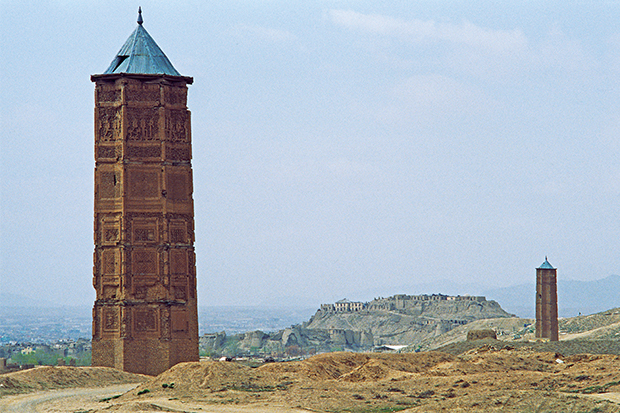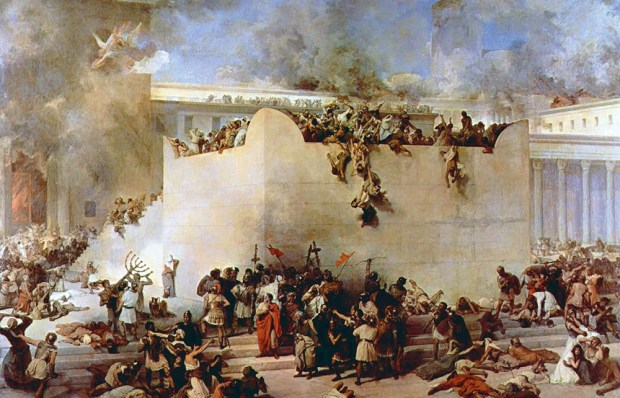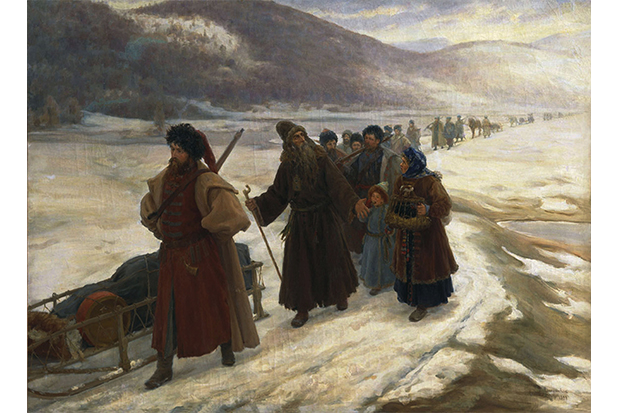When I first visited the complex of Buddhist cave grottoes, dating from the fifth to the 14th century, at Bezekilk in Xinjiang province, China, I was struck by the destruction wreaked on them by Muslims whose religion proscribes figurative images of human beings. Eyes had been gouged out and figures lacerated with knives. When and by whom had the vandalism of these exquisite and colourful portraits been done? I later learnt that the Buddhist Uyghurs of the Kingdom of Qocho and Turfan, in which Bezekilk was situated, were converted to Islam by conquest during a holy war at the hands of the Muslim Chagatai Khizr Khwaja. Not easy information to assimilate.
The activities of Genghis Khan and the Mongol hordes are widely known but not always in detail. What dynasties did they sweep away on their destructive paths of pillage and conquest? Many of the dynasties they conquered were under the influence of Islam. Yet in their turn, these Muslims had overcome Sogdian princedom resistance in the ninth century. Central Asian history can be confusing for the non-specialist.
Into this confusion steps Christoph Baumer with a masterly third volume in his four-volume series on Central Asia, covering the Age of Islam and the Mongols. With his consummate academic and archaeological professionalism, Baumer cuts through the historical smokescreen and gives a detailed and authoritative account appropriate for both scholar and layman alike.
He explains that prior to the eighth century, Islam had established itself in Central Asia through a combination of Iranian book and Turkish sword. Turkic-Muslim dynasties were established and Islam offered these new dynasties an ideological method of breaking down borders between warring clans and tribes.
By the mid-11th century, science, scholarship and the arts flourished as this newly established Central Asian hegemony spread to other parts of the Muslim world. This cultural development in turn is followed between 1000 and 1220 by a complete reconfiguration of the region — ethnically, linguistically and politically — by further Islamic Turkic migrations and through dynasties they established such as the Seljuks, the Karakhanids, and the Ghaznavids.
However, from the mid-12th to the mid-13th centuries, Genghis Khan and his successors abruptly and comprehensively extinguished this cultural Islamic renaissance with the establishment of a Mongol empire — which became the largest land empire ever known, more than three times the size of the United States, and remained in a mutated form until the last great Mogul of India was deposed in 1857.
A non-Mongol’s life under their jurisdiction was worth considerably less than that of a good horse. ‘There is no better place for an enemy of our nation than the grave,’ said Genghis Khan, in answer to his son Joshi’s appeal for clemency for a prisoner. However, the Mongols were secular rulers with no regard for any one particular religion and had a great inquisitiveness about all of them. Not for them the eradication of Buddhist images. ‘Just as God has given the hand several fingers, so he has given mankind several paths,’ explained the religiously broadminded Great Khan Monke to a Franciscan monk in 1254.
But unlike the Muslims, the Mongols did not create political structures in their territories. Their subsequent destructive forays into Russia and Europe brought them into contact with constantly warring European dynasties and principalities, yet not a single Mongol regime was established. What did flourish in the aftermath of their invasions was trade. When in the 1270s the Mongols encountered stern opposition from the Egyptian Mamelukes, they abandoned their role of ruthless conquerors and tried to treat with European kings and popes for military alliances. This was a development of huge consequence for Europeans, which led to the spread of geographical knowledge of an unknown region and more importantly to trade with Central Asia and beyond.
Many have written about Genghis Khan and his successors’ national and international military campaigns. But seldom has the prose been so lucid and the illustrations so illuminating. In the Great Khan’s own words, ‘All the face of the earth from the going up of the sun to its going down [has been] given [to me by God].’ Under Baumer’s expert guidance and firm hand, historians, religious scholars and the non-specialist can follow Genghis Khan’s Islamic predecessors and the Mongols along the surface of the earth.
The post In the steppes of the Golden Horde appeared first on The Spectator.
Got something to add? Join the discussion and comment below.
Get 10 issues for just $10
Subscribe to The Spectator Australia today for the next 10 magazine issues, plus full online access, for just $10.
You might disagree with half of it, but you’ll enjoy reading all of it. Try your first month for free, then just $2 a week for the remainder of your first year.














Comments
Don't miss out
Join the conversation with other Spectator Australia readers. Subscribe to leave a comment.
SUBSCRIBEAlready a subscriber? Log in